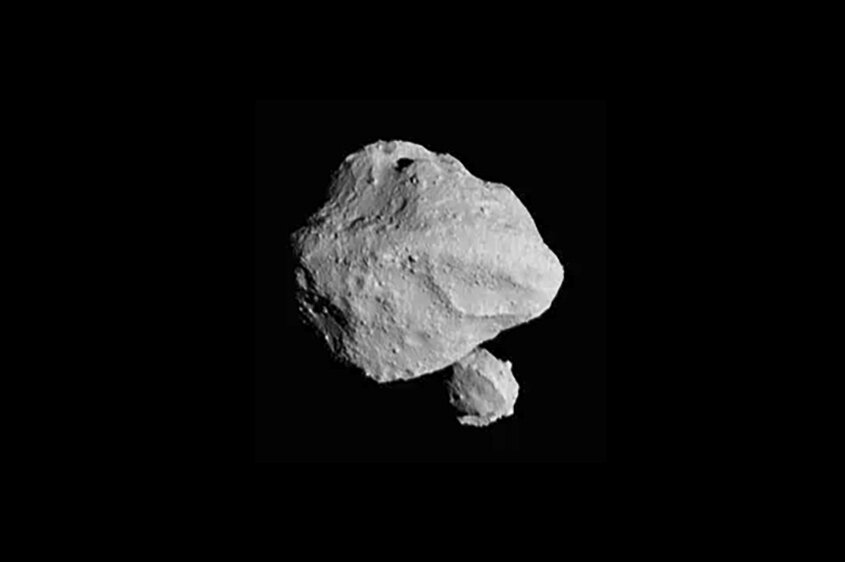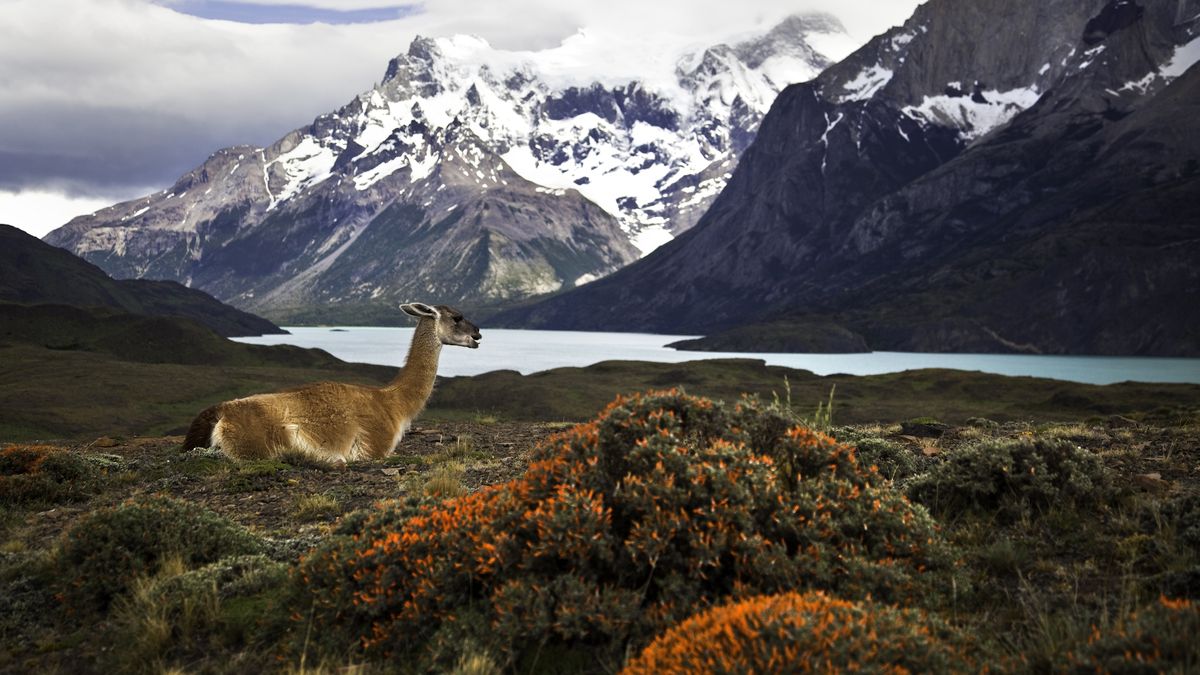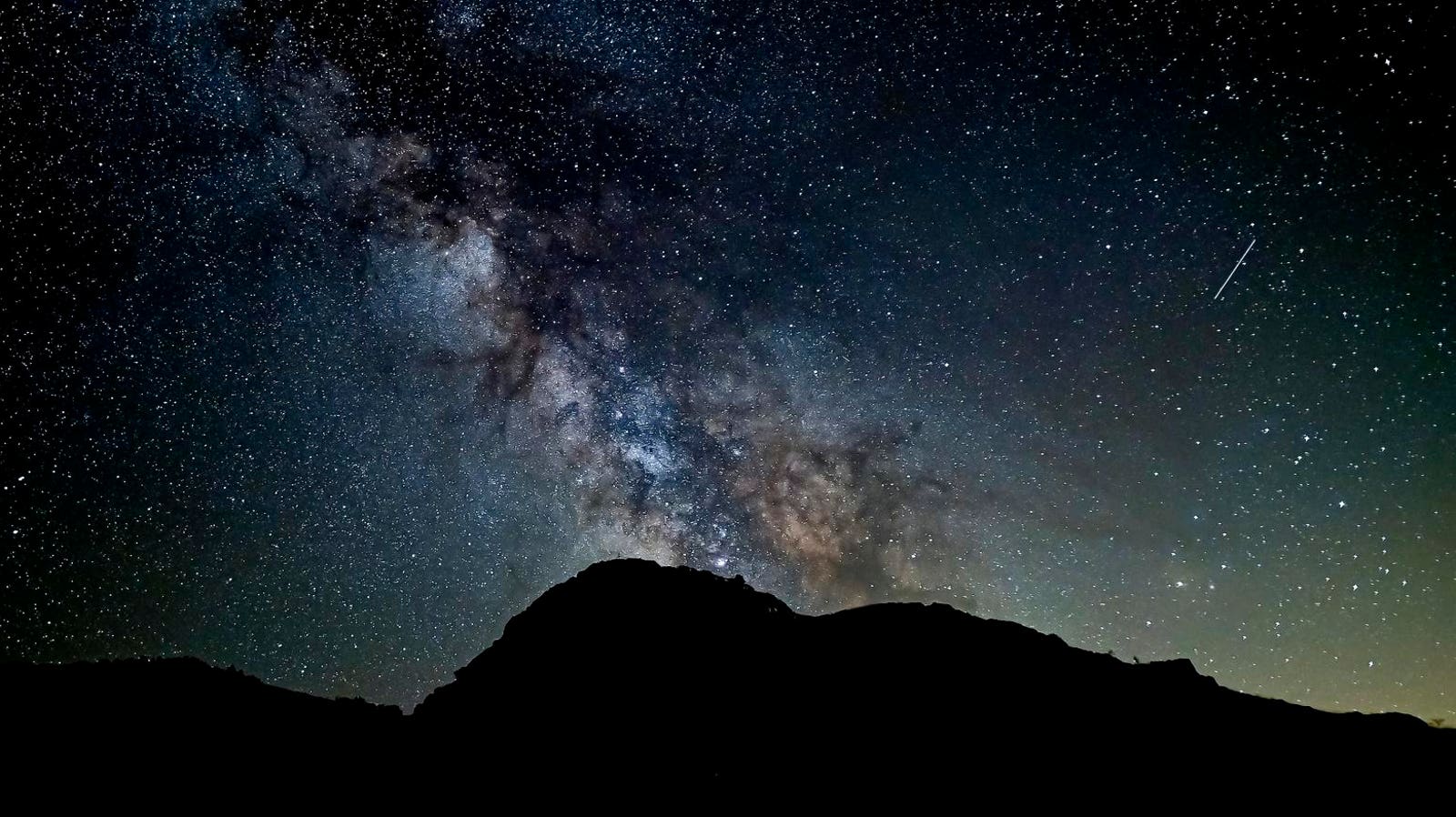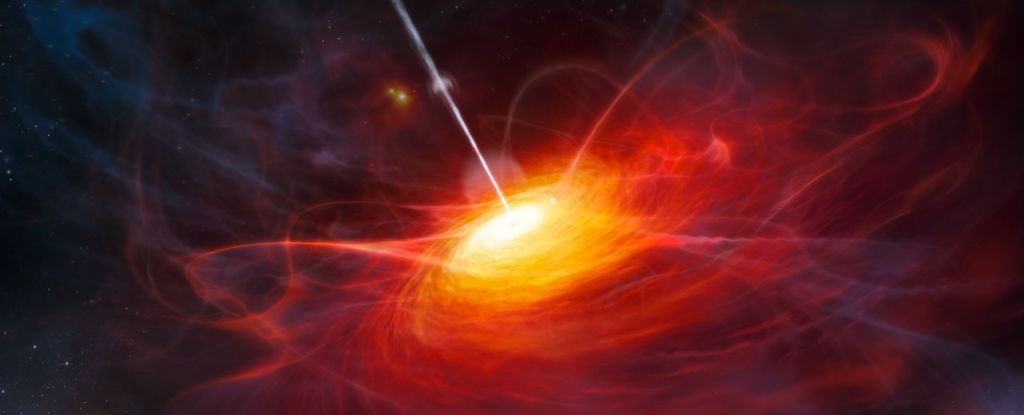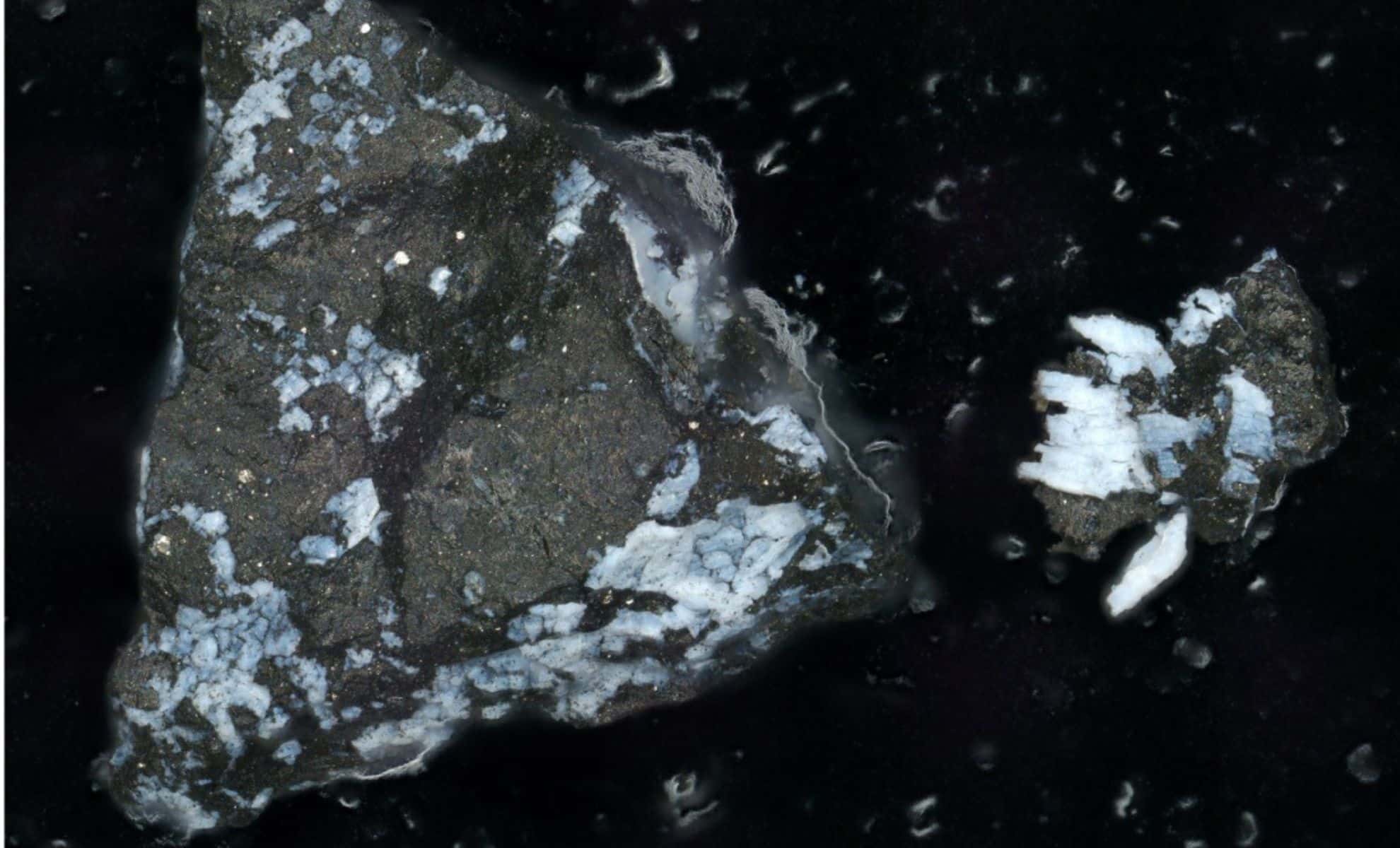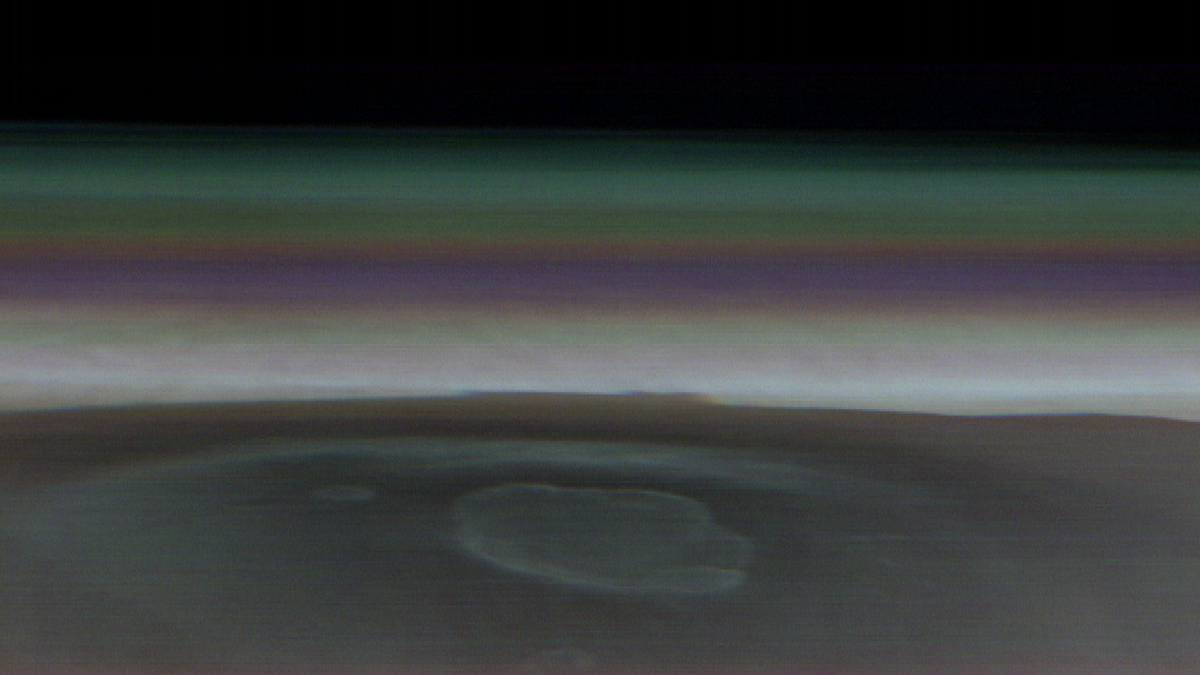How bad will hurricanes get? Scientists search for answers in ancient storms.
CAMPBELL LAKE, Fla. — Emily Elliott was searching the water for something precious. Elliott, a University of Alabama scientist who studies ancient hurricanes, came to this Gulf Coast lake to sediment that could unlock the secrets of violent storms of the past—and offer a glimpse of future storms as Earth’s climate warms. Aboard a small … Read more

